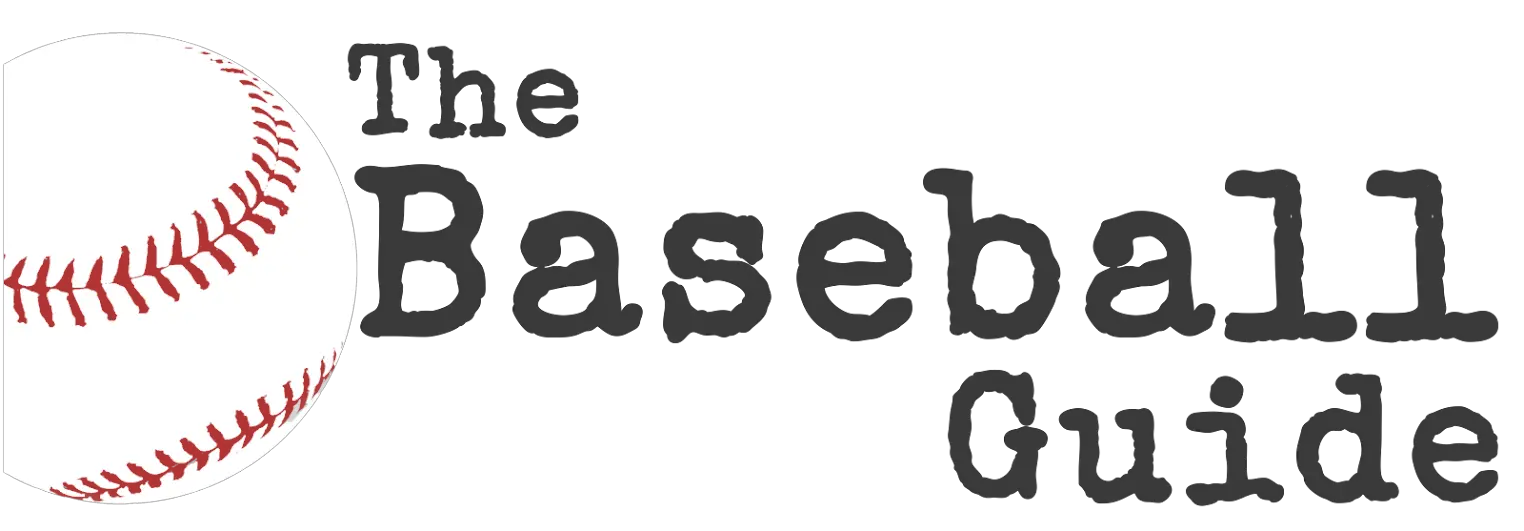In the dynamic world of softball, mastering the concept of the strike zone is a fundamental skill for both pitchers and hitters. The strike zone is a critical aspect of the game, influencing pitch selection, batting strategies, and the overall flow of the game. This guide will explore the dimensions and implications of the strike zone in softball, providing players and enthusiasts with insights on how to use this knowledge to improve performance and enjoyment of the sport. Whether you’re stepping onto the diamond for the first time or looking to refine your understanding, grasping the essentials of the strike zone is a game-changer.
What is a Strike Zone in Fastpitch Softball?
The strike zone in fastpitch softball is a critical concept that defines the valid area where a pitcher must throw the ball for it to be considered a strike, assuming the batter does not swing. It is an imaginary box that aligns with the batter’s stance and is specific to their height and stance. Officially, this zone spans the space over home plate between the batter’s armpits and the top of her knees when she is in her stance ready to hit the ball.
Additionally, a “strike” is called when the batter fails to swing at a pitch that crosses the plate in the strike zone, swings at a pitch and misses, or hits the ball out of bounds with fewer than two strikes against them. Once a batter accumulates three strikes, they are out, and the next batter comes up to the plate. It is important to note that a batter cannot strike out on a foul ball. If they have two strikes, there is no limit to the number of foul balls they are allowed to hit. A batter can only strike out on a swing and miss or a ball they fail to swing at in the strike zone.
Softball Strike Zone Dimensions
To better understand the specific boundaries a pitcher must target, the horizontal expanse of the strike zone not only covers the 17 inches of the width of home plate but also accounts for the diameter of the softball itself. The regulation softball with a diameter of approximately 3.82 inches tangibly extends the strike zone. Given that a strike is recognized when any part of the ball passes over any part of the plate, this permits an additional 3.82 inches of space on either side of the plate. So, the effective width a pitcher has to work with is around 24.64 inches. It is essential for pitchers to capitalize on this extended zone, as even a pitch that brushes the edge of the plate can be strategically used to their advantage, if it also meets the vertical requirements.
Some Tips Regarding Strike Zone
Understanding the strike zone interpretation of each umpire is crucial for players. Different umpires have varying definitions of the strike zone, with some having a narrower interpretation while others have a broader one. This means that what may be considered a strike by one umpire could be called a ball by another. It is important for athletes to remain composed, even if they believe a call is unfair.
Umpires aim to be consistent in their calls, so what is deemed a strike for one team is likely to be a strike for the other team as well. It is crucial for players to exercise patience when waiting for a potential fourth ball. They should resist the temptation to go to first base too early, as the umpire’s decision is what ultimately matters. Acting prematurely may inadvertently influence the umpire to call a strike instead.
It is important to acknowledge that some calls will always be debatable. However, by displaying good sportsmanship and focusing on the next opportunity, players can positively impact their performance and ultimately benefit their team.
